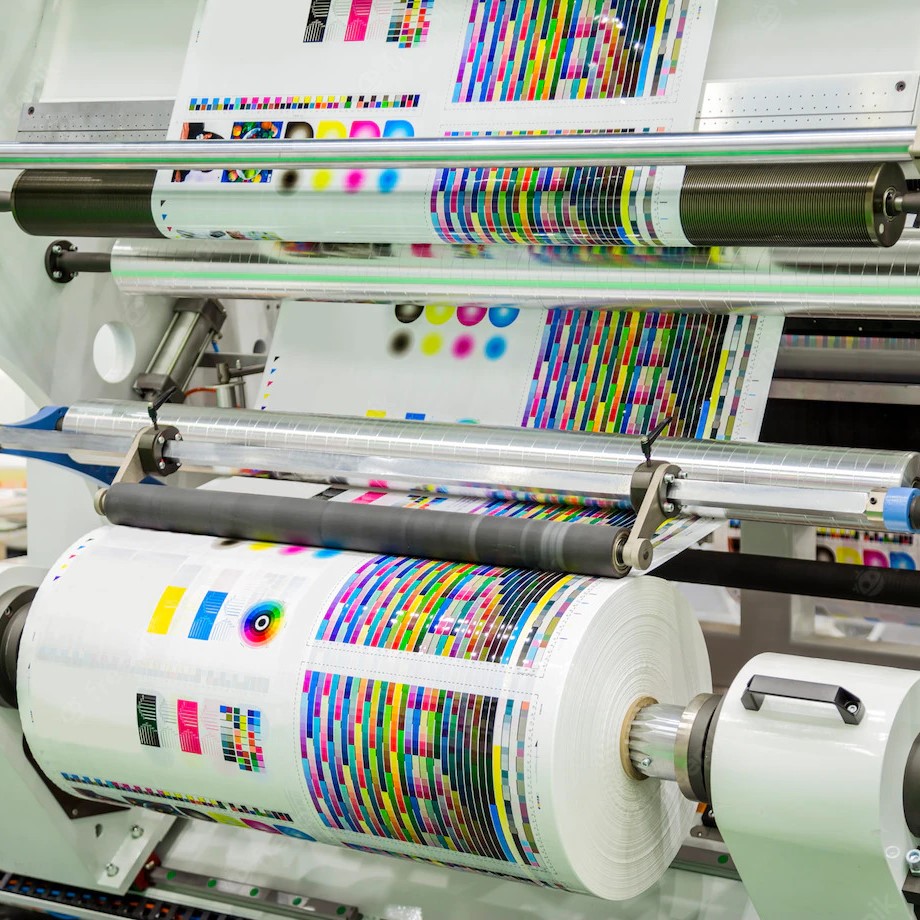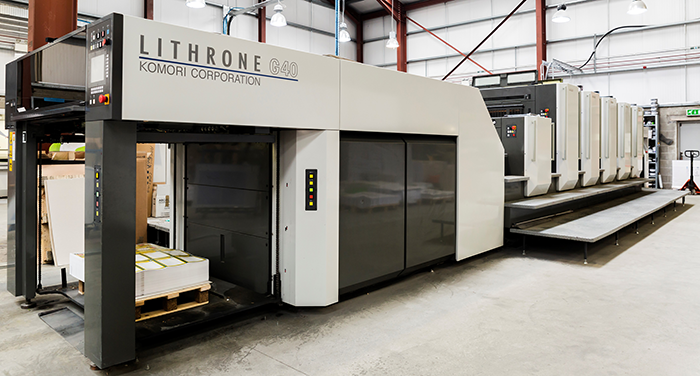Boost Your Brand with Top-Quality litho printing
Boost Your Brand with Top-Quality litho printing
Blog Article
A Comprehensive Overview to Understanding Litho Printing Methods
The globe of litho printing, a technique originating from the late 18th century, is an interesting mix of background, science, art and development. This comprehensive guide will certainly unwind the intricacies of this printing technique, from the structure of litho inks to the difficulties faced in modern applications. As we venture into the intricacies of lithography, the value of automation and sustainability in ensuring its future importance becomes increasingly clear. Remain with us as we trip into the fascinating world of litho printing.
The Historic Evolution of Litho Printing
The historical trajectory of litho printing, a critical advancement in the realm of interaction, is a fascinating tale of human ingenuity. The process developed with the development of the rotating press, which substantially enhanced performance. Each stage of litho printing's development showcases humankind's ruthless search of efficiency and high quality in visual interaction.
Deciphering the Scientific Research Behind Litho Printing Inks
Moving on in the expedition of litho printing techniques, the focus now moves to the scientific research behind litho printing inks. The make-up of these inks, their drying procedure, and color mixing techniques create the foundation of this complicated art kind. Recognizing these aspects is critical to mastering the craft and accomplishing the desired print outcomes.
Structure of Litho Inks
In lithographic printing, the fundamental function of litho inks can not be overemphasized. The composition of litho inks varies depending on its objective, however typically, they contain two primary parts - pigments and vehicles. Pigments, the color-providing aspects, are carefully ground particles suspended in the vehicle, a liquid that carries the pigment onto the printing surface area. The automobile is a complex mix of solvents, materials, and oils, which influence the ink's drying out time, attachment, and gloss. Furthermore, different ingredients are present to improve particular homes like circulation, drying, and resistance to environmental effects. Each component plays a crucial part in the last print's quality, making the precise formulation of litho inks an elaborate science.
Ink Drying Process
From the composition of litho inks, interest turns to the interesting process of ink drying. Two key techniques are utilized in litho printing: oxidative drying out and absorption. Absorption, on the other hand, involves the ink permeating right into the paper fibers, which is a much faster process however can lead to much less vivid shades.
Color Mixing Techniques
While the drying out procedure plays a key duty in litho printing, the scientific research of shade blending techniques holds equal relevance. This is a complex process that involves the mindful mixing of key shades: cyan, magenta, and yellow, in differing percentages to attain a wide array of tones. The addition of black ink, called 'vital', assists in managing the strength and deepness of the shades. The science behind litho printing inks additionally takes right into account the transparency of the ink, which affects just how colors overlay and mix. To accomplish an effective color mix, print professionals need to also comprehend the intricacies of ink actions, shade theory, and the physical properties of the substrate on which the ink is used.
The Art and Layout Components in Litho Printing
Litho printing takes a why not find out more breath life into art and style via its unique components. The process involves creating a picture on a lithographic limestone plate or steel plate with a smooth surface area. The image is after that printed onto a tool, normally paper, by transferring the ink from home plate. What collections litho publishing apart is its ability to reproduce complex designs with high integrity, making the output nearly similar to the initial artwork. This is achieved with making use of different line methods such as stippling, hatching, and cross-hatching, which permit for a series of tonal results. Additionally, litho printing fits a selection of colors, enabling musicians to produce vibrant and dynamic prints. This combination of accuracy and adaptability makes litho printing a preferred choice for many artists and developers.
Modern Applications of Litho Printing Strategies
Litho printing strategies have discovered comprehensive use in the contemporary commercial field. Its impact and value remain to expand with the arrival of new technologies and innovations in the field. This area will discover these modern applications and the transformative role they play in the printing industry.
Commercial Litho Printing Utilizes
Litho printing remains a vital component of the industrial field. High-volume printing tasks, such as the production of publications, papers, and packaging, count on litho printing for its capacity to deliver superior image top quality and expense efficiency. Litho printing likewise provides a wide shade range, superior to that of digital printing.
Technologies in Litho Printing
Pressing the borders of standard strategies, modern-day developments have sustained a host of innovations in litho printing. One popular advancement is digital litho printing, which combines the virtues of digital modern technology with litho's high-quality outcome. These innovations underscore the enduring relevance of litho printing in the modern globe.
Exploring the Refine of Litho Printing: Detailed

Difficulties and Solutions in Contemporary Litho Printing

In spite of the precision and custom that litho printing happily upholds, it is not without its collection of modern difficulties. One of the most common concerns consist of the high first configuration cost, difficulty in printing variable information, and ecological worries due to chemical use. Full Article However, options are becoming modern technology progresses. Digital litho printing permits affordable short runs and easy modification, attending to the concern of variable information. Environmentally-friendly inks and safer plate-making processes mitigate environmental worries. In addition, developments in automation have actually decreased labor costs, even more equalizing the lithography process. our website Hence, while there are challenges, the litho printing sector is proactively adjusting to satisfy them head-on, ensuring its significance in the future.
Conclusion
In conclusion, litho printing, with its abundant background and scientific details, holds a considerable location in the print market. The future of litho printing pivots on its ability to adapt to these altering needs, affirming its long-lasting worth in a developing market.

Report this page